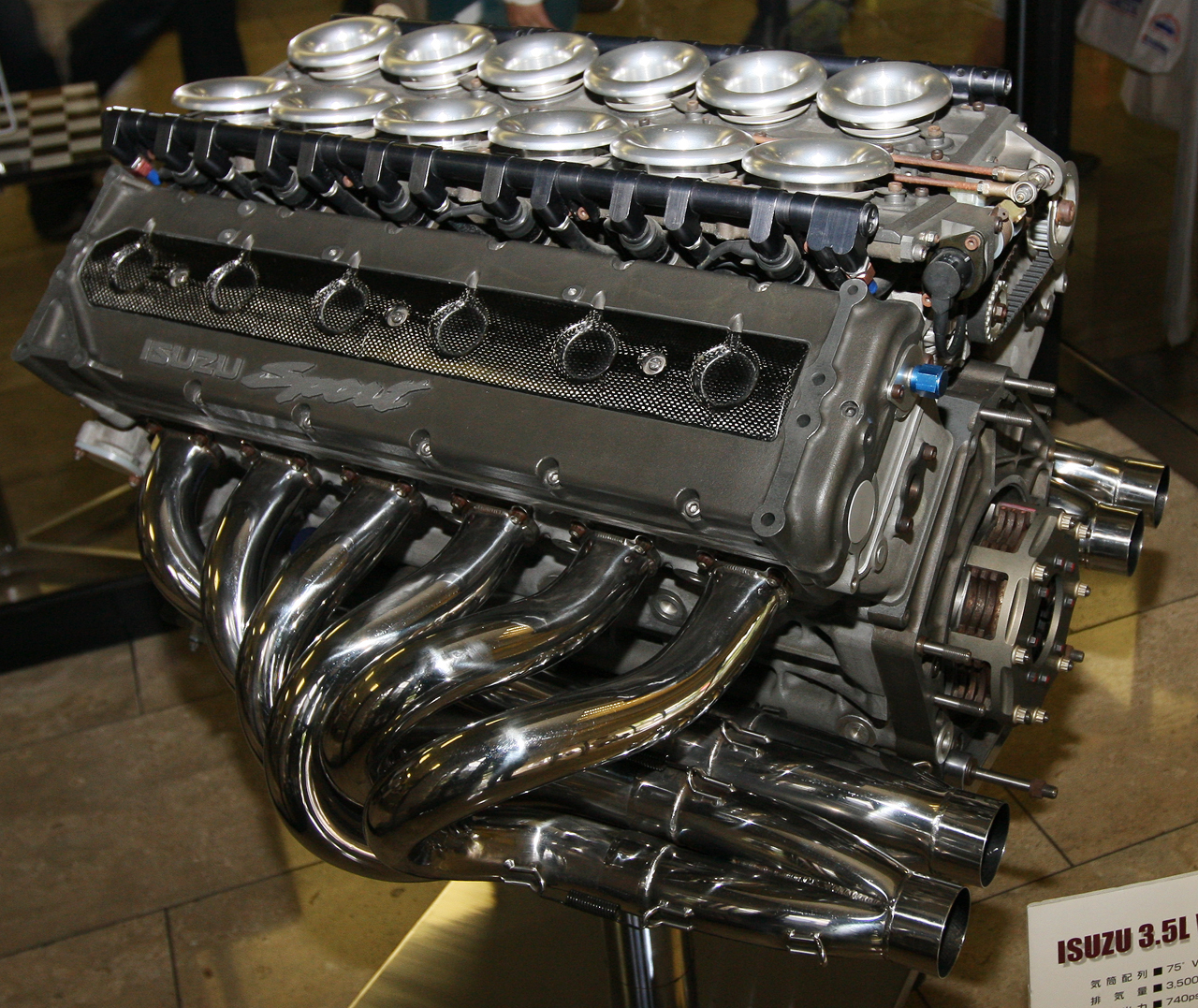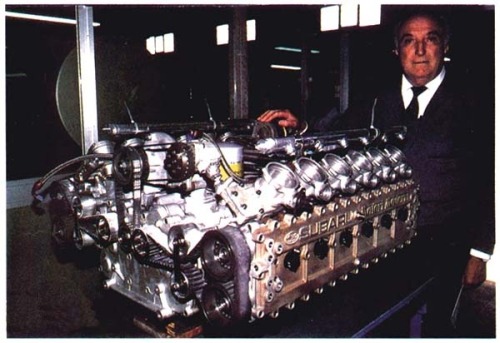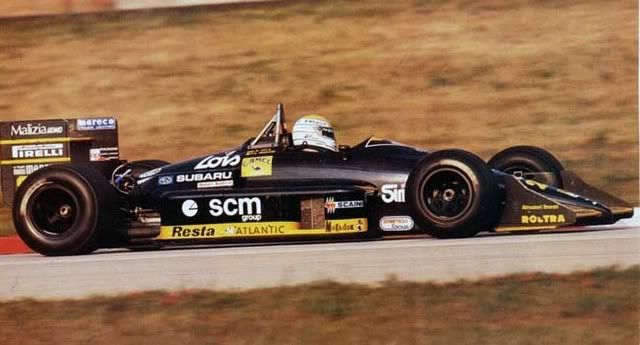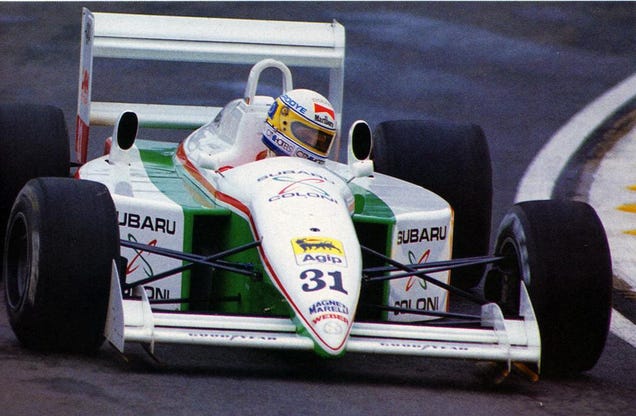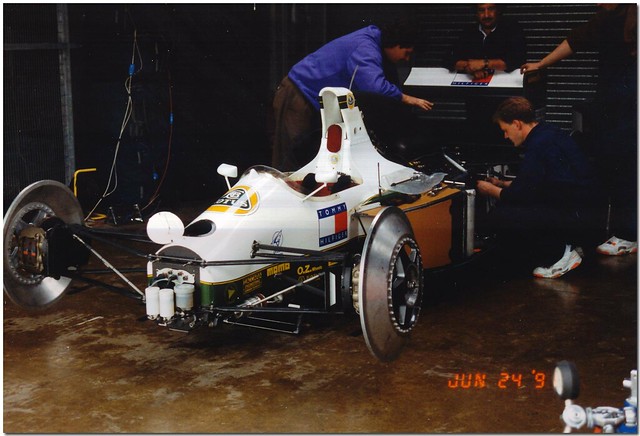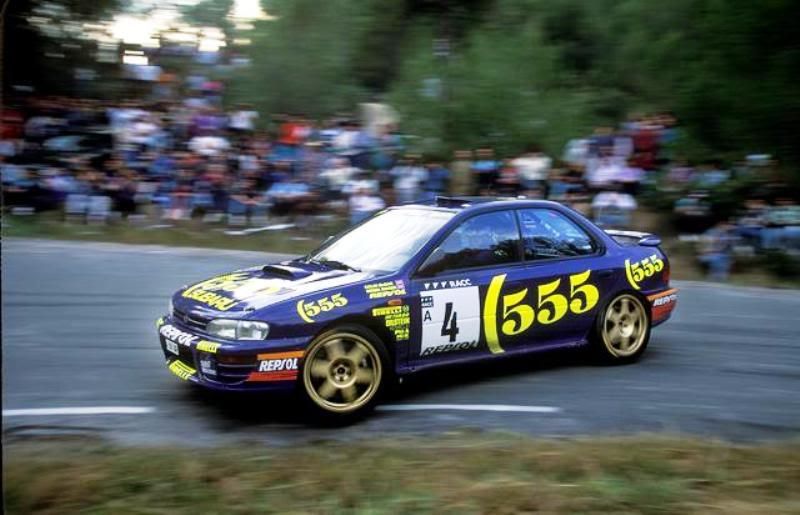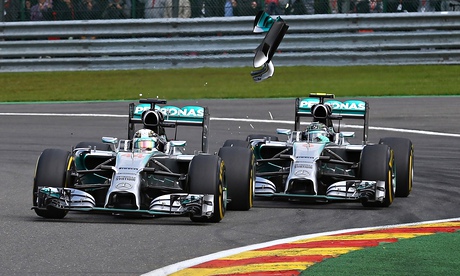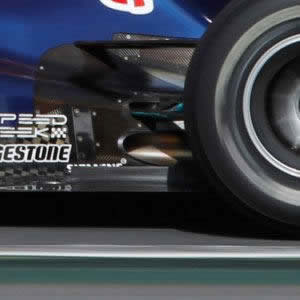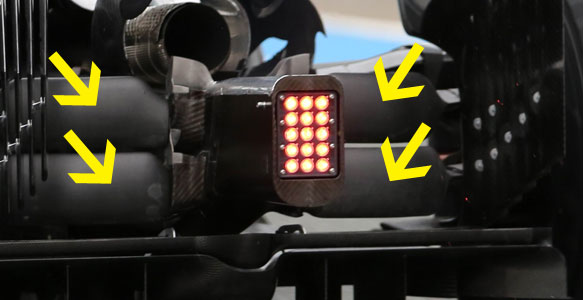Rosberg dominated a controversial Ozzie GP that gave us a
small insight into the pecking order this season. Engine problems plagued
Vettel all weekend and finally claimed his race, along with Lewis Hamilton in
the first few laps. Ricciardo’s best ever finish of 2
nd on his
Redbull debut in front of his home crowd seemed a dream come true after the
teams disastrous pre-season testing. A few hours later the carpet was swept away under the team’s feet, with the FIA controversially disqualifying the Australian
driver for fuel flow irregularities.
One important point to remember is that that this insight
into the pecking order is a small one. The flowing 3.3 mile Albert Park circuit
is used by the public all year, meaning the surface is covered in road car
lubricants that slowly get removed by F1 cars throughout the weekend, improving
grip levels dramatically. This makes setting up the car very difficult,
and being the first race of the season it is not unusual for slower cars to
fight their way up the order. In
experience it is wise not to take Albert Park as a true indicator of
performance for the season, and to instead wait until the aerodynamic important
Malaysian Grand Prix in a fortnight’s time. However going into this season the
hype of course has been all about the controversial new smaller, turbo charged
V6 power units. Not for a long time has the engine been a big factor in
performance between teams. The spotlight is now on who has got it right and who
has got it wrong and we saw a few signs in Melbourne.
Free Practise
 |
| Vettel endured a miserable weekend |
And it was the favourites Mercedes who ran into trouble
early into first practise with Lewis Hamilton suffering engine problems
bringing his session to an end. The complicated Mercedes unit had a sensor
error shutting it down, but this was soon fixed for the second session allowing
Lewis Hamilton to set the fastest lap time. Redbull new boy Ricciardo set
competitive times throughout the practise sessions and covered a good amount of
all important mileage bringing some relief to the team. But as in pre-season testing,
Vettel’s Renault engine began to play up. The world champion was having issues
with driveability of his engine in the final practise session on Saturday.
Ferrari mixed it at the top with Alonso setting the fastest time in the first
session.
From a fans perspective, including myself waking up at
1.30am on a working week, it was obvious that the cars were a lot quieter.
Although sounds of turbo hiss and whistle are welcome, sounds that you could
not hear over the old screaming V8s such as tyres squealing have now become
audible. Strangely even the track announcer on the P.A system can be heard. On
the positive the cars look a handful to drive at times.
 |
| Williams struggled with rear end grip through Friday |
The huge amounts of
torque make the back ends of the cars often step out when the driver applies
the throttle out of the bends. As light rain started to come down in first
practise it was obvious teams and drivers were struggling to keep the car
stable under power. The beautiful Martini liveried Williams was often sliding
in a straight line with Massa chopping at the wheel. After a promising pre-season test and
Mercedes engine deal Claire Williams is looking to steer her dad’s team to the
success the team was used to many years ago.
Teams also seemed to have problems with the new electronic
braking system, with many cars screeching in a trail of white smoke as they
locked up. Rear braking is now not only reliant on discs and pads but the
harvesting force from the energy recovery systems, in affect engine braking but
with much greater stopping power. Now when the driver puts his foot on the
brake the computer calculates the optimum braking force to apply to the rear. Without
this the cars would be impossible to drive. You could compare the affect to you yanking your hand brake at speed and violently locking up. It seems teams like Toro Rosso and later Lotus struggled to get
this system calibrated correctly.
Qualifying
Going into qualifying Vettel seemed to struggle with the
driveability of the engine again in Q1 with a heart stopping moment as he
applied the throttle on the exit of turn 10 and scuffed the barrier. The sudden
boost of power as the turbo and electrical system kicked in unexpectedly seemed
to be catching drivers out. Meanwhile his team mate Ricciardo was showing good
pace in his first qualifying session with the team.
 |
| Lewis Hamilton looked refreshed for the new season |
The rain started to fall at the end of the session and the
horrendously ugly Lotus cars of Grosjean and Maldonado struggled, with the
later having a big off as he fell afoul of the electronic braking system. Both
cars failed to make it out of Q1 which is a real shocker for the Enstone based
team.
Raikkonen crashed out in Q2 as he applied the power on a
dampening track, bringing out the yellow flags and costing Button any chance of
getting out of Q2. Vettel came across the incident but as the flags cleared
quickly had an opportunity to set a fast lap. However he was still struggling
with the power delivery of his Renault engine and managed only 12th
to the delight of the Ozzie crowd.
A thrilling end to Q3 saw the 19 year old Russian Daniil
Kvyat smash the back end of his car into the barrier in difficult conditions on
his debut. As Rosberg laid the gauntlet with a faster lap than Hamilton with
seconds to go, Ricciardo looked like he had grabbed pole with a stellar lap. A
few seconds later and here came Hamilton again. Lewis seemed to have a calmer
and relaxed aura about him this weekend and it looked to pay off, with a lap claiming
pole position for Sunday.
The Race
Sunday’s race was looking good for Mercedes but question
marks on reliability of the new engines put doubts in every drivers mind. Things
were not helped when Max Chilton got stuck on the grid, leading to double waved
yellows and more unwanted stationery time for the already hot engines. After another
formation lap the lights went out signalling the start of a new era for F1.
 |
| Kobayashi's race ended on Lap 1 |
Straight off the line Lewis was honed in by his team mate
and quickly overtaken. During the formation lap Mercedes had become aware of a
problem developing in his engine with one cylinder not firing. This
disadvantage saw him overtaken by Ricciardo at the first corner. Behind, carnage ensued as Kobayashi’s Caterham majorly locked
up, tapping the rear suspension of Raikkonen before taking Massa straight out the
race. An honest and apologetic Kobayashi claimed responsibility initially, with
an angry Massa calling for a race ban for the Japanese driver. However, after a
Stewards investigation looking at telemetry data from the Caterham, the FIA
advised the accident had been caused by “a serious technical failure outside of
the driver’s control”. We can read this as the electronic braking system yet
again causing problems. It will be interesting if teams can get to grip with
this bugbear in the first few races.
After a big drift off the line an impressive Magnussen
started to reel in Hamilton quickly on the back straight on the opening lap.
The Dane sailed past with ease as Hamilton’s Mercedes struggled on the straight.
Behind a fiery Hulkenberg in the Force India got through the inside of Alonso.
Soon after he overtook Hamilton’s sick Mercedes which peeled into the garage to
retire on lap 4.
Meanwhile further down the field Vettel was also suffering
with engine issues, instead the electrical power from his engine cutting out. With
150hp coming from these systems, which is the equivalent to a reasonably nippy
family saloon, loosing this power means game over competitively. The world champion
soon retired from the race.
The exit of turn 10 which had already been lightly contacted
by Vettel and Massa this weekend was kissed this time by the right side of
Bottas’ Williams. The result was worse for the Finn however, with the tyre
delaminating and leaving its skin in the middle of the racetrack. The incident
bought out the safety car as Bottas nursed his car back to the pits. With the race restart on lap 16 Rosberg began to build his
lead again to Ricciardo with Magnussen, Hulkenberg, Alonso and Button in
pursuit. The race began to settle down with the Mercedes comfortably ahead.
 |
| Bottas catches Raikkonen who struggles with his braking |
Bottas was on a charge after his earlier incident and passed
his fellow Finn Kimi Raikkonen, who overshot Turn 9 as he locked his brakes
suffering with his electronic braking system. Shortly after this Bottas got past
Vergne’s Toro Rosso as it slid out the final corner as the electronic power and
boost seeming to catch him unawares. Next was Hulkenberg’s Force India which he
passed with ease as he demonstrated the capability of the new Williams. A good
effort, even if his earlier mistake cost him a chance of a podium.
As Rosberg crossed the line the crowd went wild for
Ricciardo whose debut performance at Redbull bought him, albeit it temporarily,
2nd place at his home grand prix. Magnussen impressed on his F1
debut to finish 3rd, with Jenson Button 4th and Alonso 5th.
It was great to see the McLaren team in a much better position than last year
especially after the tragic loss of two employees in a road car accident and
Jenson’s respected dad, John Button, to a heart attack in January.
Post Race Controversy
 |
| Ricciardo before his controversial disqualification |
Ricciardo was understandably on cloud 9 during his post-race
interviews, but the situation was about to change. Five hours following the
race the stewards announced the Redbull had been disqualified for breach of
regulation 5.1.4 regarding fuel flow. The new rules state that the flow of fuel
to the engine cannot exceed 100kg/per hour. The FIA stated that the fuel flow
had been ‘consistently’ higher than this. Then it was revealed that this issue
had become apparent on Friday during practise.
The cars now have a fuel flow meter to measure the flow of
fuel. Each meter is homologated by the FIA and monitored through the race
weekend to ensure the rule is enforced. However Redbull changed their fuel flow
meter on Ricciardo’s car after what the team called ‘inconsistent’ readings
after Friday practise. After Saturday qualifying the team was ordered to put
the old unit back in, after what the FIA stated as ‘unsatisfactory’ readings
from the replacement sensor. It was also advised to make adjustments to its
fuel flow during the race.
Instead, unhappy with what they deemed a faulty sensor
holding them back, Redbull used its own fuel flow calculations contrary to the
FIA. The FIA monitored the situation during the race and again warned the team
to reduce the fuel flow to Ricciardo’s engine. Defiantly the team did not heed
the warnings which have now led to disqualification. An angry Christian Horner launched the teams appeal stating:
 |
| Angry team boss Christian Horner is appealing the decision |
"These fuel-flow
sensors, which have been fitted by the FIA to measure fuel, have proved
problematic. Since their introduction, there have been discrepancies and the
sensors have been unreliable. We could see a significant discrepancy with what
the sensor was reading and what our fuel flow was stated as. We didn't feel it
was correct.”
But was it correct for the team to be their own judge of the
situation and remain defiant of the FIA? It seems quite ridiculous but it is
important to remember that the team have a detailed idea of fuel flow to the
engine through the injectors into the engine cylinders. It would become
apparent if there was a discrepancy, but whatever the case it seems that this
will have to be significantly proven to lift this disqualification. It does
seem a shame to Ricciardo who drove a great race to lose out to factors beyond
his control. Let’s see how this plays out…
